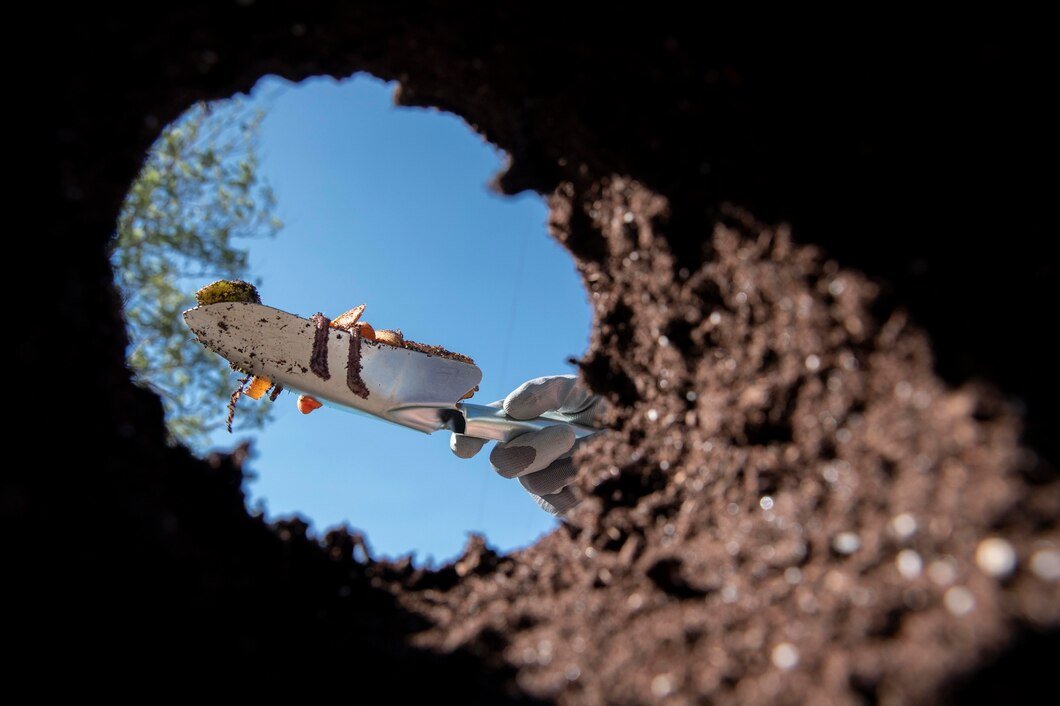Chemical Maintenance Earthing: Enhance Safety & Performance

Chemical Maintenance Earthing: Enhancing Safety and Electrical System Performance
In electrical systems, maintaining a reliable and efficient earthing system is crucial for ensuring safety and optimal performance. Chemical maintenance earthing, also known as chemical electrode earthing, is an advanced method that offers enhanced conductivity and longevity compared to conventional earthing systems. In this article, we will explore what chemical maintenance earthing is, how it works, and the benefits it offers in terms of safety and electrical system reliability.
Understanding Chemical Maintenance Earthing:
Chemical maintenance earthing is a specialized technique that involves the use of conductive compounds to enhance the conductivity of the earth electrode and soil interface. It ensures a low-resistance path for electrical currents to flow into the ground, thereby facilitating effective earthing and grounding of electrical systems.
Chemical maintenance earthing involves the following steps:
Preparation of Earth Electrode:
A high-quality copper or galvanized iron electrode is prepared, ensuring proper dimensions and surface area. The electrode is typically in the form of a rod or plate, depending on the application and soil conditions.
Application of Conductive Compound:
A conductive compound, often composed of a mixture of conductive salts and other additives, is applied to the surface of the earth electrode. This compound enhances the conductivity of the electrode and forms a conductive layer at the electrode-soil interface.
Installation and Backfilling:
The prepared earth electrode is installed in the ground according to the recommended depth and configuration. The electrode is surrounded by a backfill material that helps maintain moisture and conductivity around the electrode.
Regular Maintenance:
Periodic inspections and maintenance are essential for chemical grounding maintenance systems. This may include checking the condition of the electrode, replenishing the conductive compound if necessary, and ensuring proper moisture levels in the surrounding soil.
Benefits of Chemical Maintenance Earthing:
Improved Conductivity:
The use of conductive compounds in chemical maintenance earthing significantly enhances the conductivity of the earth electrode and soil interface. This ensures low-resistance grounding and minimizes the risk of electrical hazards, such as electric shocks and equipment damage.
Longevity and Stability:
chemical grounding maintenance systems offer long-term stability and durability. The conductive compounds help protect the earth electrode against corrosion and maintain its conductivity over time, resulting in a reliable and long-lasting grounding solution.
Resistance to Drying and Moisture Loss:
The conductive compounds used in chemical grounding maintenance systems can retain moisture in the soil, even in dry or arid conditions. This helps maintain a consistent conductivity level, ensuring reliable earthing performance throughout different seasons and climates.
Maintenance Convenience:
chemical grounding maintenance systems require periodic inspections and maintenance, but the frequency is typically lower compared to traditional earthing systems. The conductive compounds provide an added layer of protection, reducing the need for frequent reinstallation or adjustment of the earth electrode.

Conclusion
Chemical maintenance earthing offers an advanced and efficient solution for achieving reliable and safe grounding in electrical systems. With its improved conductivity, longevity, stability, and resistance to drying, this method provides a valuable alternative to conventional earthing systems. By adopting chemical grounding maintenance techniques, electrical systems can benefit from enhanced safety, reduced electrical hazards, and improved overall performance. Consulting with a qualified electrical engineer or a professional experienced in chemical grounding maintenance is recommended to ensure proper design, installation, and maintenance of such systems.
